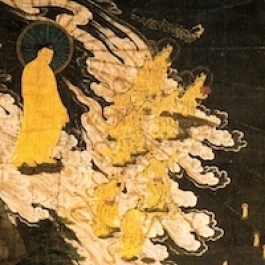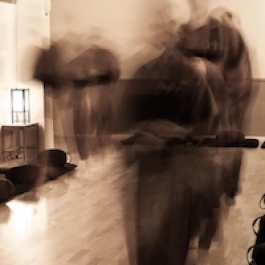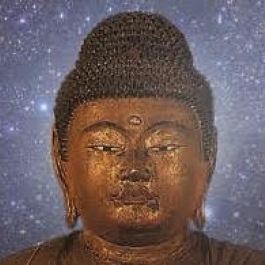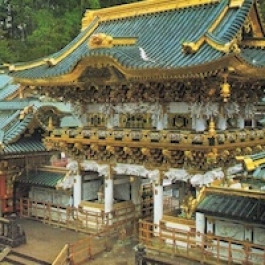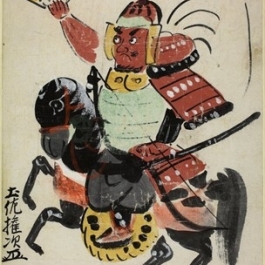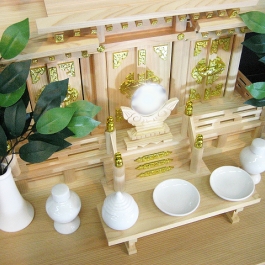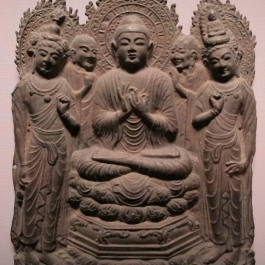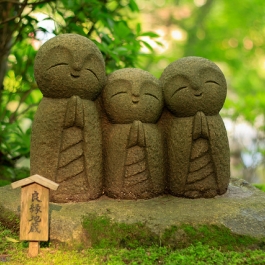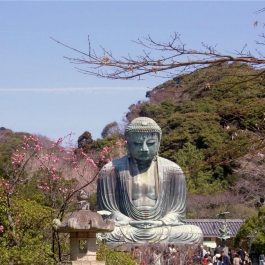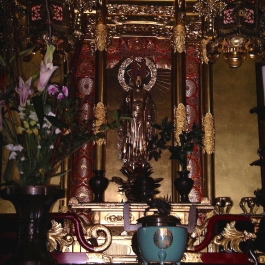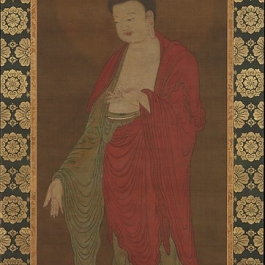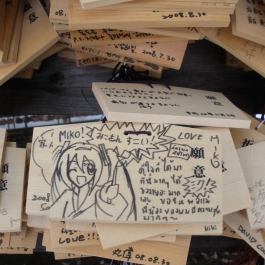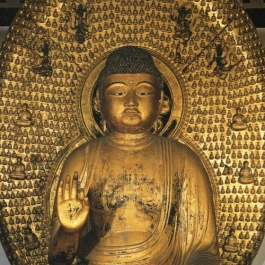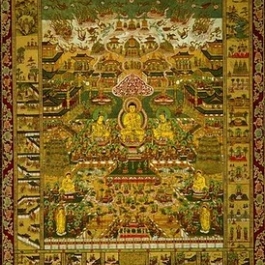FEATURES
Showing results for "amida"
Examining the Tale of Heike
Uploaded 24 Mar 2017
Understanding the transformative approaches to meditation in Japanese Buddhism
Uploaded 27 Jan 2017
The true meaning of the Name of Amitabha
Uploaded 8 Jul 2016
Theravada monk BD Dipananda embraces the Buddhist delights of Japan
Uploaded 15 Jan 2016
Exploring Japanese “Otsu-e” folk painting
Uploaded 10 Jul 2015
Exploring the Shinto tradition
Uploaded 19 Jun 2015
The role of Bodhichitta in Pure Land practice Referring to Amitabha’s Fundamental Vow, Master Shandao identified Name-recitation to be the karma of assurance of rebirth.
Uploaded 29 May 2015
Printed multiple images of Jizo. Japan, Muromachi period (1333–1574), ink on paper. Image courtesy of Sam Fogg, London. The Buddhist deity Kshitigarbha, or “He who encompasses the
Uploaded 15 May 2015
The origins of “Pure Land Buddhism,” or more precisely, “the Buddhism of Pure Lands,” can be traced to the developmental stages of the Mahayana tradition. It bears both Indian
Uploaded 24 Apr 2015
The so-called sectarianism of Buddhism in Japan has enabled Pure Land Buddhism to develop as a quasi-independent tradition within Buddhism. One of the central figures of Pure Land Buddhist thought and
Uploaded 20 Mar 2015
A glimpse of the sacred intent and presence of Amitabha
Uploaded 13 Feb 2015
Visitors to Japan’s shrines and temples cannot miss the hundreds of wooden votive plaques hanging on stands in a reserved area outside on the shrine grounds. On one side of the plaques are prayers ins
Uploaded 12 Dec 2014
In the main hall of an elegant Pure Land Buddhist temple called Joruri-ji near the city of Nara in Kyoto Prefecture, Japan, a row of nine gilded wood figures of the Buddha Amida (Skt. Amitabha) have s
Uploaded 17 Oct 2014
The title of my article was posed as a question in the Commentary of the Contemplation Sutra, written by Master Shandao, the de facto founder of the Pure Land school in China. The answer is stated as
Uploaded 26 Jun 2014
